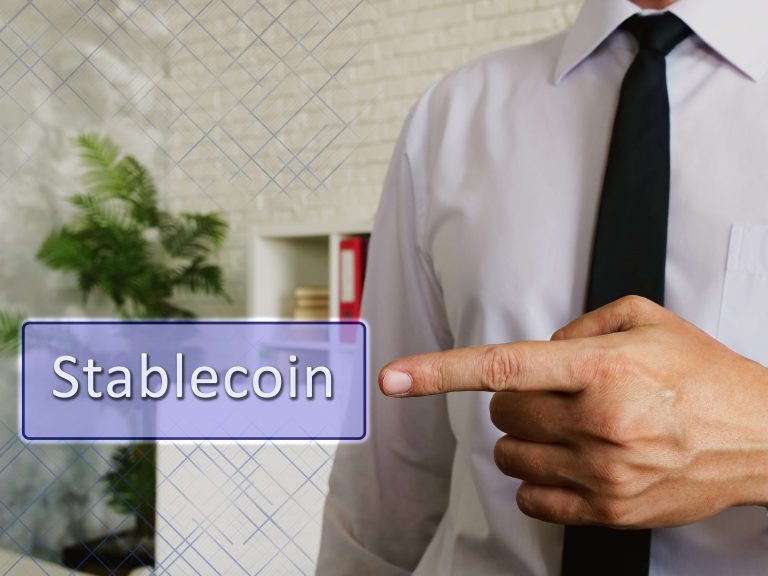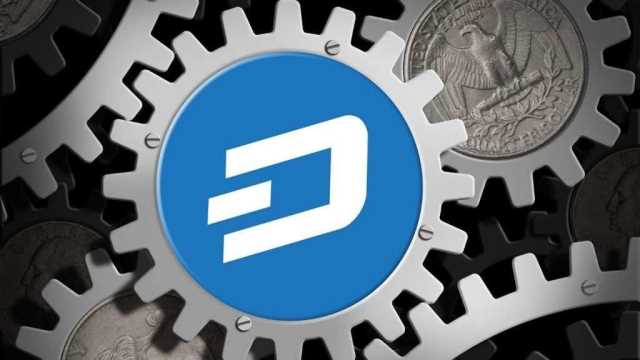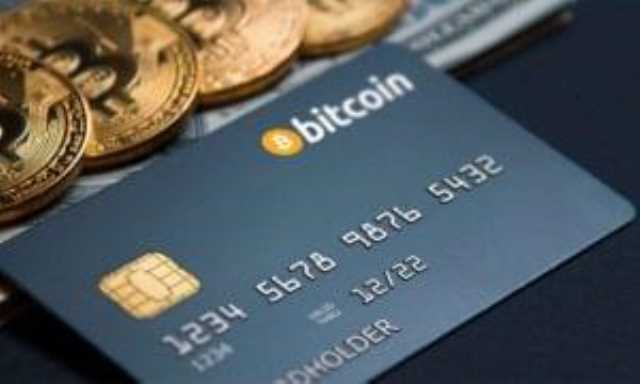
Finally, also unlike Bitcoin, both money supply and monetary rules will probably remain under full control of the currency’s national – much like fiat currencies today, but allowing for more direct control by the central bank. This type of stablecoin tries to mirror the mechanism https://www.tokenexus.com/ behind the traditional central bank model, but with smart contracts instead of humans in charge. Instead, it uses automated algorithms to try to create or decrease supply and hold a steady price. However, these algorithmic or “seigniorage-style” stablecoins haven’t caught on.

How are CBDCs similar to cryptocurrencies
For centralized issuers, this desire to make money leads to the controversy surrounding the transparency of reserves, as discussed above. For many, this is the drawback of the centralized model—the fact investors holding such stablecoins are taking on counterparty risk. Experts say the DAI stablecoin is overcollateralized, which means that the value of what is a stablecoin cryptocurrency assets held in reserves might be greater than the number of DAI stablecoins issued. Stablecoins try to tackle price fluctuations by tying the value of cryptocurrencies to other more stable assets – usually fiat currencies. Fiat is the government-issued currency we’re all used to using on a day-to-day basis, such as dollars or euros.

What can we do with stablecoins?
In theory, a U.S. dollar-based stablecoin is a token that will reside on a blockchain and always trade for one dollar. Somewhat of a sub-category of fiat-collateralized coins, commodity-backed stablecoins are cryptocurrencies that are pegged to the market value of commodities such as gold, silver, or oil. These stablecoins generally hold the commodity using third-party custodians or by investing in instruments that hold them. Such reserves are maintained by independent custodians and are regularly audited, something that should be considered cautiously. Tether (USDT) and TrueUSD (TUSD) are popular stablecoins backed by U.S. dollar reserves and denominated at parity to the dollar. As of late June 2024, Tether (USDT) was the third-largest cryptocurrency by market capitalization, worth more than $112 billion.
Beginner’s Guide to Stablecoins
- For example, liquid-staking tokens like Lido Staked Ether (stETH) may be accepted as collateral in some protocols.
- USDC’s reserves are held in safe assets that should retain their value, such as cash and U.S Treasurys.
- There was no collateralisation, with the entire model running via this algorithmic minting and burning of Luna tokens each time a UST stablecoin was bought or sold.
- USDC is an open-source protocol, which means any person or company can use it to develop their own products.
- A stablecoin is a type of cryptocurrency that is designed to maintain a stable value relative to a specific asset.
As the name suggests, crypto-collateralized stablecoins are backed by cryptocurrencies (usually ETH), rather than fiat currencies. Instead of relying on a central issuer to store the reserve, crypto-backed stables use smart contracts to secure assets as collateral. To account for the unpredictable volatility of the cryptocurrency market, many decentralized crypto-backed stablecoins like MakerDAO’s DAI token are over-collateralized, with most requiring a 200% collateralized ratio. This means that for every $100 of DAI you wish to borrow, you must back it with $200 worth of ETH. This allows ETH to maintain its peg even during times of intense market volatility.
- Stablecoins, on the other hand, are designed to maintain a stable value relative to a specific asset or a pool of assets.
- In some ways, that’s not so different from central banks, which also don’t rely on a reserve asset to keep the value of the currency they issue stable.
- Peter Brewin, partner at PwC Hong Kong and greater China, said that having HKMA-regulated stablecoin issuers will “totally change the market”.
- For instance, in November 2021, Senator Cynthia Lummis (R-Wyoming) called for regular audits of stablecoin issuers, while others back bank-like regulations for the sector.
- Unlike collateralised models, there is no underlying asset which can be redeemed or traded.
- We believe everyone should be able to make financial decisions with confidence.
- On the other hand, decentralised stablecoins have revenue modes that vary from protocol to protocol.
- Though Bitcoin remains the most popular cryptocurrency, it tends to suffer from high volatility in its price, or exchange rate.
- Algorithmic stablecoins use an algorithm to get as close as possible to their desired peg value and adjust as needed with the market.
- One crypto-backed stablecoin is dai, which is pegged to the U.S. dollar and runs on the Ethereum blockchain.
- This happened to USDC in March 2023, when one of their custody banks, Silicon Valley Bank, went out of business.
- Stablecoins have become or are becoming regulated in many jurisdictions because of the instabilities and losses that have occurred in past attempts to create stable coins.
